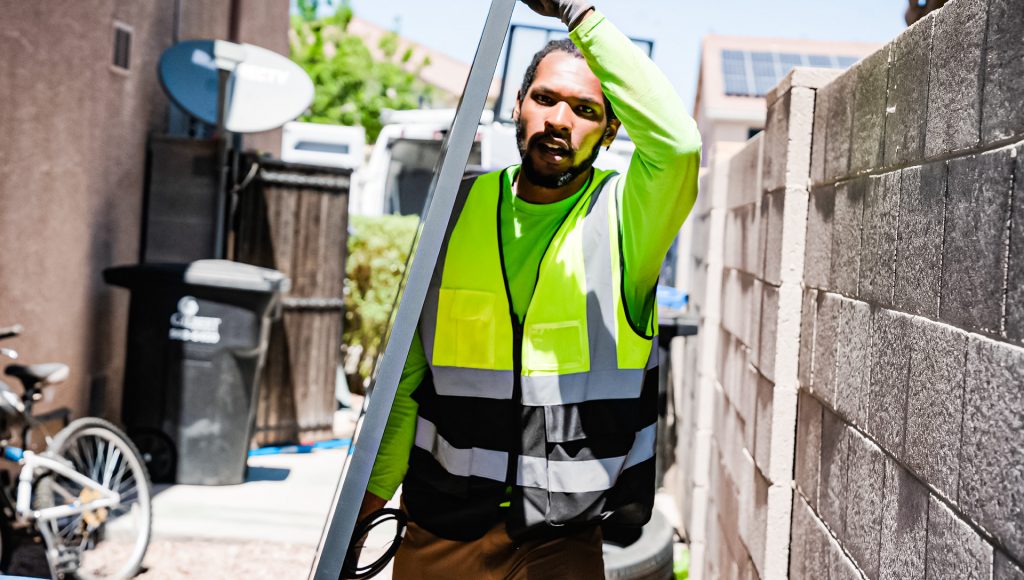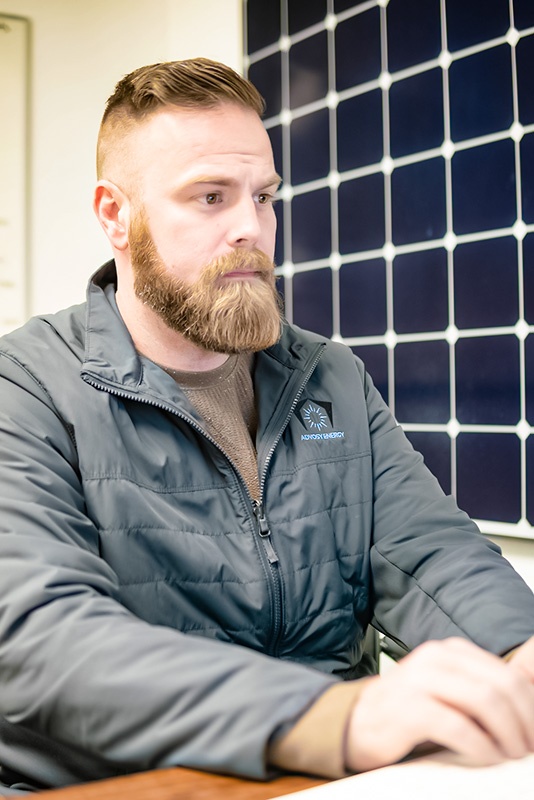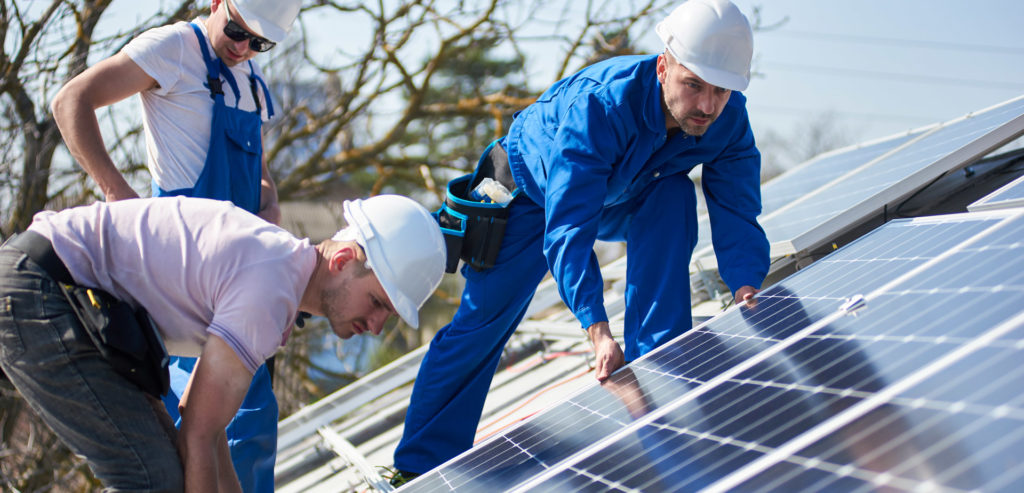The installation of solar panels is a significant investment in the future that offers long-term benefits. With the right planning and knowledge, homeowners can successfully install their own solar panel system.
This article provides an overview on what to expect throughout the process, including step-by-step instructions for how to ensure a successful installation. It also addresses common challenges associated with the installation process and presents tips for avoiding potential pitfalls.
With this guide, homeowners will be able to confidently complete their solar panel installation project and reap its rewards for years to come.
Understanding Your Solar Panel System
Solar panel systems are a great way to generate renewable energy, reduce your electricity bills and contribute to environmental sustainability. Before committing to solar panels, it is important to understand the different components of a system and how they work together.
This includes reviewing contracts with installers as well as understanding maintenance requirements for each component. A typical residential solar system comprises an array of photovoltaic (PV) modules that capture sunlight and convert it into direct current (DC). The DC power produced by the PV module is then sent through electrical cables connected to an inverter which converts it from DC to alternating current (AC).
The AC power generated can be used directly in homes or exported back onto the grid where utilities credit customers for any excess energy produced. It is also important to consider other components such as mounting hardware and safety devices when installing a solar system. Maintaining these components regularly helps ensure optimal performance over time, reducing operational costs in the long run.
With proper research, installation and maintenance, homeowners can enjoy clean renewable energy while saving on their utility bills.
Choosing Your Solar Panel Installer

When considering a solar panel installation, researching installers is essential. It’s important to understand the qualifications of every installer you consider, and to compare quotes. Knowing that this person will be entrusted with installing your system correctly can help ensure peace of mind in making an informed decision.
To begin, contact multiple potential contractors to get an idea of cost estimates for materials and labor. Ask questions about their experience level in order to determine if they have been certified by any organization or had any prior customer complaints registered against them.
Additionally, request references from past clients who are willing to provide feedback on the quality of their workmanship as well as the overall satisfaction they experienced after having the job completed.
Once you have gathered information regarding all possible installers, make sure to compare quotes carefully so that you fully evaluate each company’s offer based on factors such as customers service support, warranties offered and other additional benefits provided.
Pay close attention to how long it would take for the project completion date and what kind of payment plans are available. After taking all these considerations into account, decide which contractor best meets your needs when it comes to budgeting limitations and expectations for quality results.
Preparing The Site For Installation
The preparation of the site for a solar panel installation is an essential part of ensuring that the installation will be successful and safe.
Before beginning, it is important to conduct a comprehensive evaluation of the roof area in order to determine its ability to support the panels and any necessary equipment.
Additionally, it is also crucial to ensure that there are no potential safety risks associated with accessing the roof area.
In some cases, additional steps may need to be taken before work on the installation can begin such as obtaining permits or other official documents from local authorities.
In addition, if working at heights is required then appropriate safety measures should be implemented which could involve anything from installing guardrails around access points to providing workers with fall protection equipment.
Ultimately these additional steps are undertaken to ensure everyone involved remains safe during the installation process.
Installing The Solar Panel System
Installing a solar panel system is one of the most important steps in transitioning to an energy-efficient lifestyle. It requires careful planning and consideration, including securing permits and assessing needs before starting the installation process.
The first step in installing a solar panel system is applying for any necessary building or electrical permits from local government offices. This process can take several weeks, so it’s best to start as soon as possible.
Next, determine your individual power requirements by calculating how much electricity you will need over time. Once these two steps are completed, you can begin ordering the components for the solar panel system such as panels, wiring, inverters and mounting structures.
Afterward, installers will come to mount the solar array on your roof or property and hook up all of the components correctly with safety protocols in mind.
With the help of professionals who know what they are doing, this process should go smoothly and efficiently.
Installation of a solar panel system takes considerable effort but ultimately provides access to clean renewable energy that helps both individuals and communities reduce their carbon footprint while saving money in the long run.
Whether you hire professional service providers or do it yourself – make sure that proper measures have been taken to ensure efficient operation throughout its lifetime.
Connecting The System To The Grid

Connecting the system to the grid is an important step toward creating a functioning, self-sufficient solar power setup. This process involves ensuring that all safety protocols are followed and that the installation meets local compliance standards for connection to the public utility grid.
The first step in connecting your system to the grid is obtaining permission from your electricity provider or other relevant authority. Depending on the size of your project and its location, there may be additional regulations you must follow before receiving approval. This usually includes completing paperwork and submitting any necessary documents outlining how the system will function within existing safety parameters.
Once approved, technicians can begin installing equipment designed specifically for safe integration with the public electrical system. Technicians also use specialized tools and techniques to ensure proper grounding of all components as well as accurate measurements of voltage output levels prior to turning on the new system.
After successful completion of these steps, your solar panel installation will be officially connected to the grid and ready for service.
Testing And Troubleshooting
The testing and troubleshooting of a solar panel system are essential to ensure it provides optimum performance and energy efficiency. System owners should check the connections of their systems frequently for any obvious signs of damage or corrosion, which can be caused by extreme weather conditions such as storms or high winds.
Regular maintenance is also recommended in order to identify potential issues as early on as possible so they can be resolved quickly before becoming major problems. Additionally, periodic tests may need to be carried out to verify that all components are functioning correctly and efficiently. This includes monitoring voltage readings from each component, ensuring the charge controller is set appropriately, checking the battery bank size requirements, and verifying that inverters are calibrated correctly.
Any abnormalities found during these tests must be addressed immediately in order to maintain system performance.
Moreover, installation teams may require additional assistance if unexpected difficulties occur while setting up the solar panels. Professional technicians must investigate further into why specific parts are not working properly and what solutions can be implemented in order to improve system operation and energy efficiency. In some cases, entire components or wiring within the unit may need to be replaced with newer models that have been manufactured using updated technology.
Maximizing The Benefits Of Solar Energy
Solar energy provides numerous benefits to households and businesses, reducing costs while also having a positive environmental impact.
Solar panels can be installed on any roof, either as part of new construction or retrofitted onto an existing structure. By installing solar panels, electricity bills are reduced by generating clean energy that is free from pollutants and greenhouse gasses. This power generation replaces the need for traditional sources like fossil fuels which contribute significantly to global climate change.
The advantages of solar energy extend beyond just cost savings. Solar systems generate no noise pollution and require almost no maintenance after installation.
The lifespan of most residential solar systems is around 25 years with minimal upkeep in order to keep them working at peak efficiency during this time frame. In addition, because they help offset carbon emissions from burning fossil fuels, home owners benefit from contributing positively towards combating climate change and promoting sustainability initiatives.

